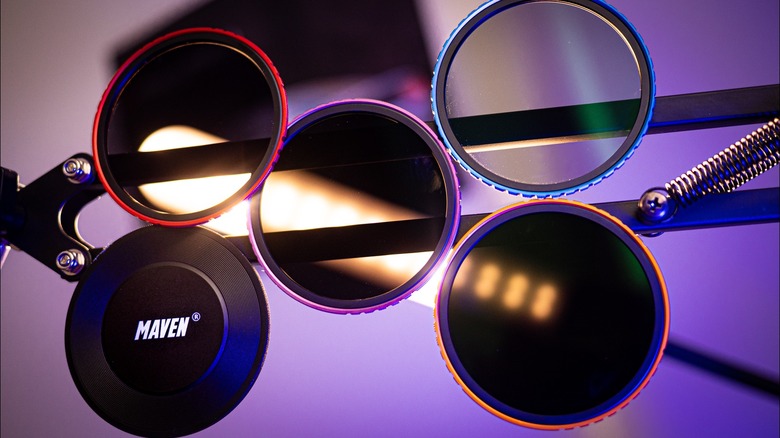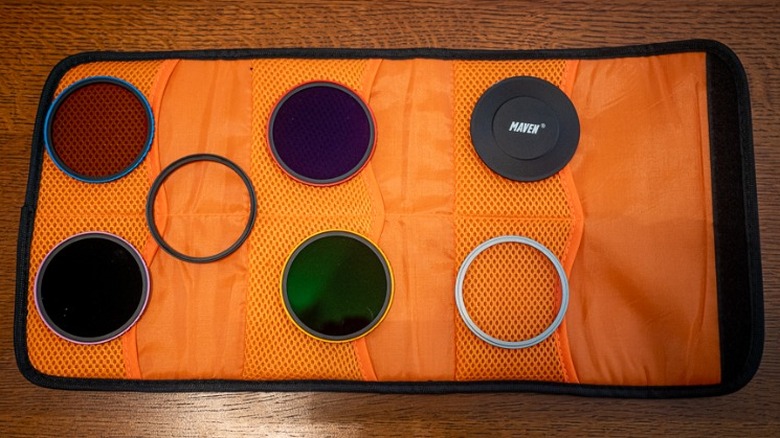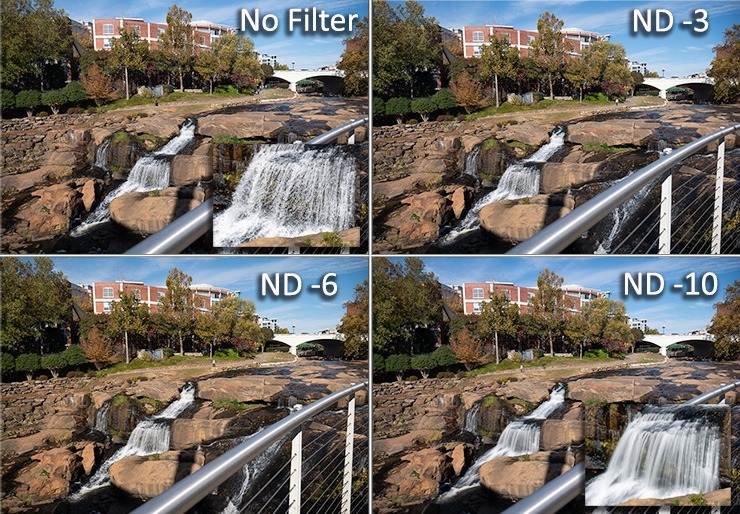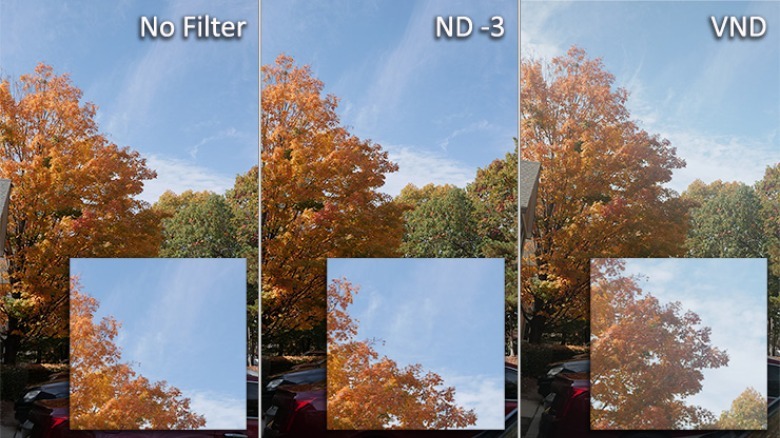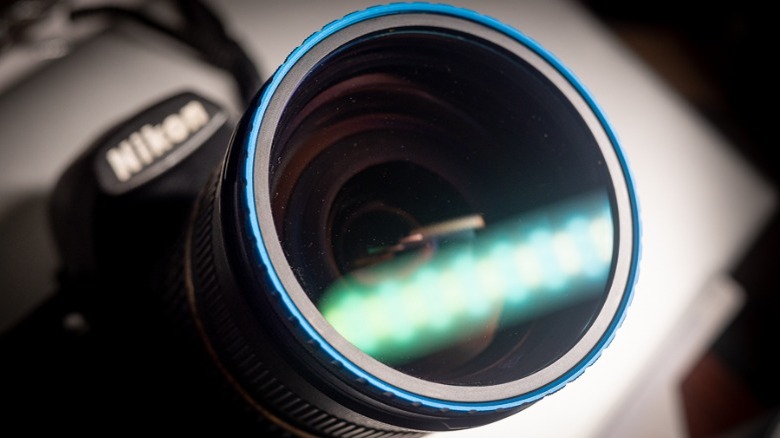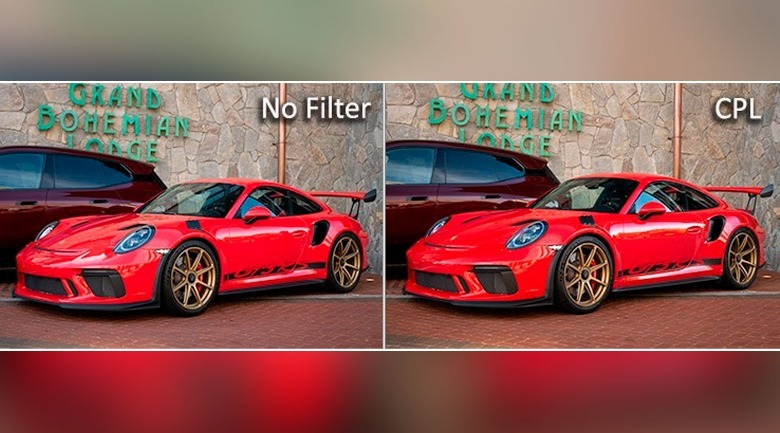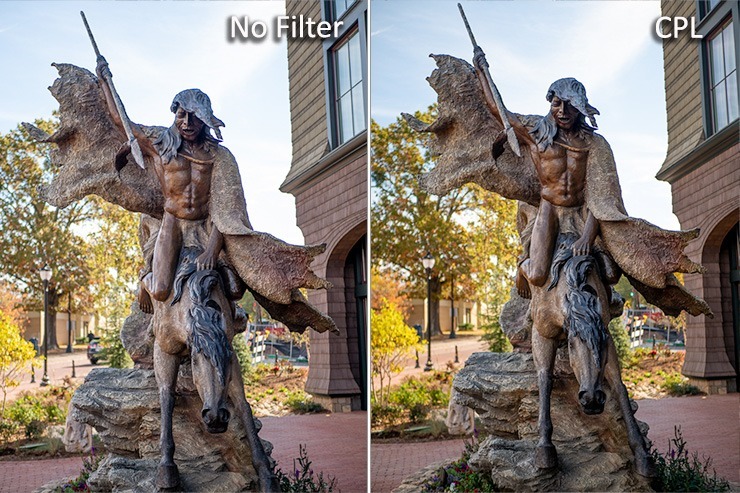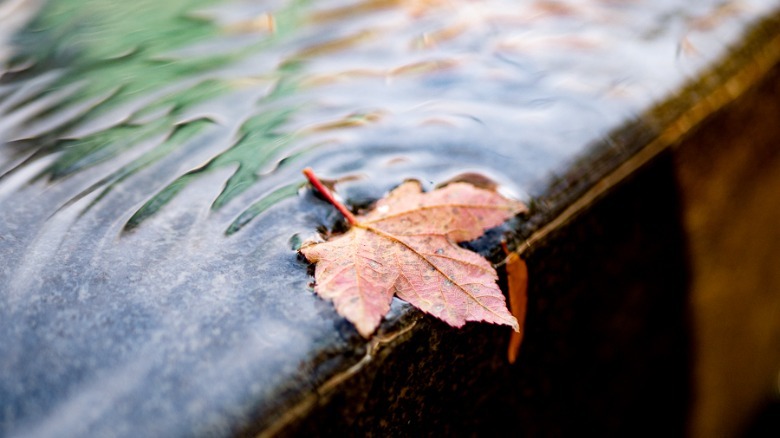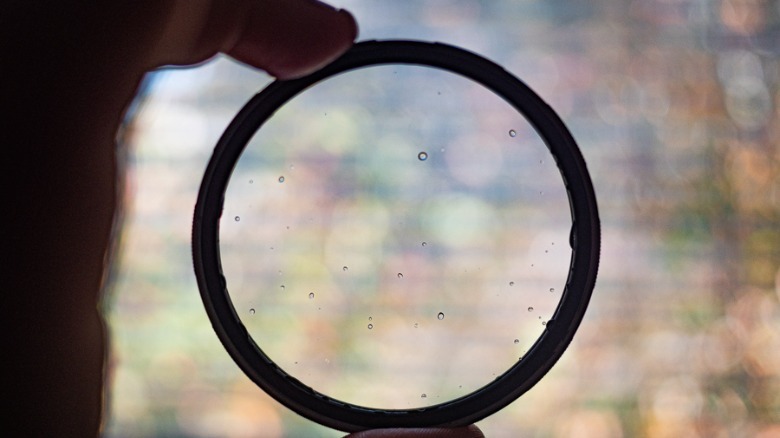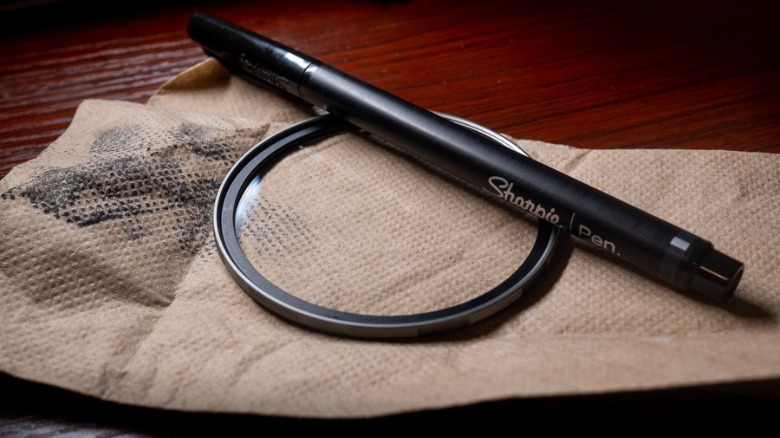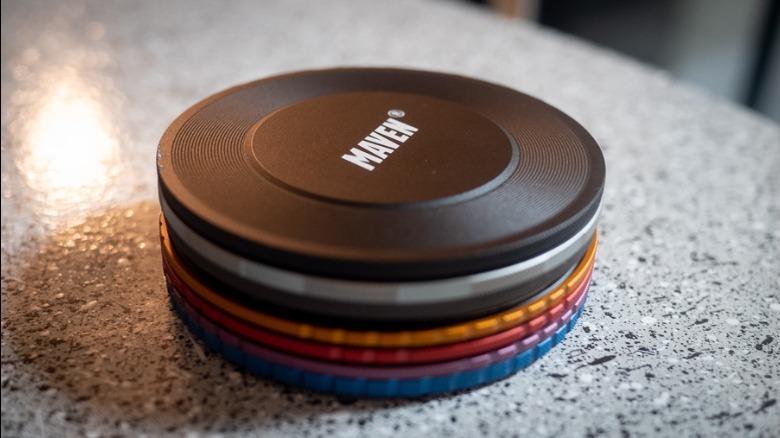MAVEN Magnetic Filters Review: Upgrading Daylight Photography
- Secure Magnetic Clasp
- Superb Image Quality
- Color Coded System
- Lack of Creative Options
I recently had the chance to test this Maven photo filter kit in a 67-millimeter size. The product comes courtesy of Michael the Maven, a longtime photographer and camera tutor over on YouTube, who sent the kit for this review. Like typical photo filters, they attach to the front element of any SLR-style lens, but instead of screwing on, they attach via magnets and an included adapter.
You also get a magnetic lens cap in the set to replace the traditional snap-on type. Screwing and unscrewing filters can be a time-consuming process, so this magnetic system aims to make it quick and convenient. Each filter comes in a specific colored ring, letting you easily identify them on sight. Grips along the rings also help the user get a solid grip on them. Lastly, hydrophobic chemical coatings make the glass water-resistant and easy to clean.
According to Michael, the set was devised after becoming frustrated with lens filters that would degrade image quality and cause headaches in the editing process. He also puts an emphasis on convenience. "MAVEN filters were designed to address pain points common in most filters, one of them being a system to identify which filter by appearance, without needing to read fine print." Let's see how well his claims about image quality and ease of use hold up in photographic testing.
The Kit
The MAVEN filter set comes with one UV protector, a circular polarizer, three neutral density filters of varying strengths, and the lens cap. Each attaches to the magnetic adapter ring, and they can be stacked to mix their effects. They all came in a soft carrying case with high-vis orange mesh on the inside. Sets will be available from a 42mm size, up to a massive 105mm. I suggest going with a size with which you can easily adapt multiple lenses. The rings themselves don't have any threading on the front or back. This means that if you want to use any screw-on filters in addition to the kit, they'll have to be installed before the adapter.
The MAVEN filters use permanent neodymium magnets. Now, that's a fancy way of saying fridge magnets, but they do the job just fine. All filter elements attach very securely, and I found that I had to stack the whole set and shake the lens violently in order to make them fall off. It's unlikely one will come loose during normal operation. After memorizing what each color means, I found the system to be quick and easy to use. I also got to test the strength of the lens cap after tripping over an errant construction sign and nearly bouncing my camera off the ground. The cap took most of the force and sustained a gash, but is still perfectly functional.
The Neutral Density Filters
The most important part of this kit, in my opinion, is the set of three neutral density (ND) filters. The red ring is a three-stop filter, with the purple and orange meaning six and ten stops, respectively. An ND filter's job is to reduce the amount of light coming into the lens without affecting color information, Three stops will cut the light down to 1/8 of the environment, while six stops will give you 1/64, and ten will give you 1/1000th of the light.
Why would you ever want to limit the light going into your camera? There are a few practical applications. Bright sunlit environments will often force photographers to select high shutter speeds and narrow lens apertures, limiting the types of photos they can achieve. With ND filters, however, you can introduce motion blur, background blur, or both into daylight images. This is especially important in video shooting since motion blur is the key to realistic footage at standard framerates. A ten-stop or higher ND opens up the possibility of extra-long exposures and time lapses.
You can most obviously see this effect when it comes to waterfalls. The bare lens renders the waterfall as individual droplets but gets smoother and smoother and each successive strength of ND is applied. At ten stops, any tiny shake of the camera will produce blur in the image, so a tripod is absolutely required. In-body camera stabilization will also be a plus.
ND Image Quality
Fixed NDs like these typically give superior color and sharpness performance. However, photographers and videographers opt for cheaper variable NDs. The variable ND has two glass elements, which rotate to adjust the strength of the filter. The low cost and convenience of a variable filter may outweigh the quality boost of the fixed type.
The magnetic system on this MAVEN set gives it an advantage since each filter can be swapped in only seconds. To see what kind of quality you're getting with this kit, I compared the image from the three-stop filter to that of the bare lens, and to that of a variable ND set to roughly the same exposure. All three images were also taken at the daylight white balance of 5400 Kelvin in my Panasonic GH5.
Immediately, the quality difference was clear. The photo shot through the MAVEN filter looks basically identical, with near-zero loss in color and sharpness. The only thing I really noticed is that the sky in the ND photo appears as a slightly darker shade. Not a big deal. The variable filter fared much worse, putting a hazy brown tinge over the whole frame. Zoom into the image, and you see significant losses in saturation, contrast, and sharpness. Overall, I'll happily vouch for Michael's claims of a high-quality filter that doesn't degrade the image.
The Circular Polarizer
Next, we have the blue-colored circular polarizer (CPL) filter. Like NDs, CPL filter affects the light entering the lens. Essentially, it cuts out light that is being scattered in many directions, and lets "straight" light pass through. This lets the filter cut through reflections on glossy surfaces like glass and water, allowing the camera to see right through them. The strength of this effect can be adjusted by rotating the filter. The CPL is really handy to keep in your pocket whenever you need to shoot through a window.
It's even great for cars since it can eliminate distracting reflections on the surface of painted bodywork.
The CPL also has the effect of darkening skies, which can be great to avoid overexposure in some shots. As you can see in these example images.
The filter can increase both contrast and saturation in a backlit scene, and add slightly warmer colors. These are all desirable traits when photographing subjects against a bright sky. The polarizer slightly reduces the amount of light coming into the lens, but not nearly as much as a neutral density filter does.
As for the MAVEN CPL, I'd say it's similarly high quality and does exactly what you'd expect it to do. No perceptible loss of sharpness. It can cause a slight yellow tint in some situations, but this is an inherent issue to all types of polarizers, and can easily be corrected with simple white balancing.
The UV Lens Protector
This ultraviolet filter is probably the least interesting of the bunch, simply because people don't need them much these days. Once upon a time, certain film stocks were vulnerable to UV exposure, and one of these filters would improve image quality. That's not the case with digital sensors. However, this filter does come in handy with big mountain landscapes. UV radiation bouncing around in the atmosphere causes faraway scenery to appear hazy or cloudy. This filter cuts through that haze and produces a clearer photo.
Even though its applications today are limited, many people still keep a UV filter on their lenses because it can stop dust and scratches from reaching the more expensive glass behind it. It's also perfectly clear, so won't cause any color shifts in the image. I decided to use this filter to test the manufacturer's claims about water and stain resistance.
First, I held it under the sink for several seconds. The water ran off quickly, with only a few tiny droplets sticking around. After air drying, some residue was left over, but a couple of wipes with a microfiber cloth got it to look crystal clear again. This chemical coating also makes fingerprints very easy to wipe off, which is important to someone as clumsy as me.
Their most outlandish claim is that you can write directly on the glass with a permanent marker, and simply wipe it right off. I eagerly tested this for myself. Sure enough, it worked!
Pricing and Availibility
This isn't the first magnetic filter system to hit the market, but it has enough extra features to set itself apart, and the build quality is up to snuff. When I first heard this product was being launched by a YouTuber, I was somewhat skeptical. However, testing has shown that they're sourcing premium optical glass for this set. I'd have zero hang-ups at all using these on a professional gig.
The only drawback is that I wish were there more creative filter options in this kit such as colored lenses, diffusion, and close-up macro glass. Perhaps they will make these available if the initial run proves successful. The MAVEN filter set is currently available with Kickstarter via Michael The Maven's webpage through November 4 starting at $150 for smaller sizes. If you're unsure of the front size on your lens, it can probably be found in small print next to the filter threads.
The 67mm I tested is available for $250. That's on the pricy side, but when you compare it to competitors like the Kase magnetic filter set (for around $391) you'll find that the MAVEN filter set is a pretty good value. Lifetime warranties will also be included with the purchase, and Kickstarter orders are set to be fulfilled starting in November, with the final products of the run reaching customers in February of 2023. The retail versions should also be ready for standard ordering once all the campaign deliveries have been sent out.
